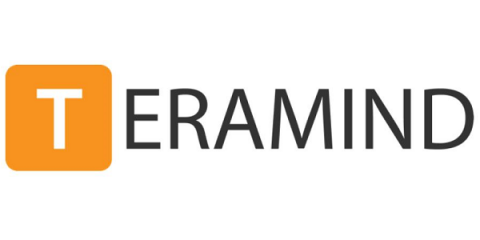Unintentional Insider Threats: The Overlooked Risk
Could your employees be unintentionally putting your business at risk? While companies prioritize protection against external cyber threats, the often-overlooked unintentional insider threats can lead to significant financial and reputational risks for your business. These threats can come from simple human errors, such as accidental data sharing, misconfigurations, or falling victim to phishing attacks.







